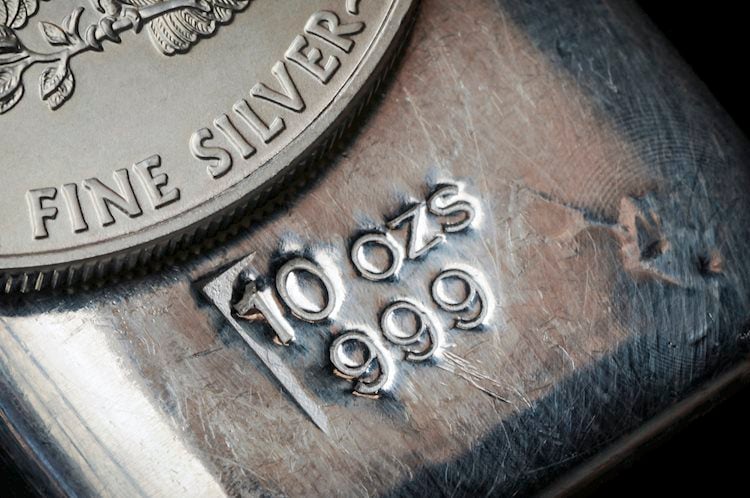- WTI has retraced from highs of $ 51, but is still up on the day.
- A pervasive risk in the market has supported the commodity, as markets are betting on more fiscal stimulus from the US.
Crude prices They have fallen from highs of $ 50.90 in recent trading amid what appears to be profit taking after a strong appetite for risk on the day. WTI is still holding on to gains of more than 20 cents on the day or 0.5% and is still trading above $ 50. The bulls will be looking at a test of $ 51 imminently.
Risk appetite helps oil
Markets are generally upbeat after the surprise sweep by the Democrats in Georgia. As a reminder, Democrats won both Senate seats at stake, winning 50 seats in total for the next congressional term to 50 seats for Republicans. In the event of a tie, Vice President-elect Kamala Harris will have the casting vote, so the Democratic Party is now considered to have control over what legislation can pass through the United States Congress.
Stocks are higher (FTSE World Index + 1.2% and S&P 500 + 0.9%), as are bond yields (US 10-year have moved above 1.0% for the first time since February 2020). In G10 FX, risk-sensitive currencies (AUD, NZD) are improving, while safe havens like CHF and JPY are worse. Meanwhile, the US dollar has experienced a mixed reaction and is currently trading slightly higher near 89.50 (on the dollar index or DXY).
Risk appetite appears to be a reflection of a market that is betting on a stronger US (and global) economic recovery in 2021 and beyond, given expectations that the Democrats who control Congress will pass significant additional fiscal stimulus measures in the next few months.
All of this is being taken as an advantage for global demand for crude oil in 2021 and beyond. Concerns regarding the short-term outlook for crude oil demand seem to have been forgotten, as WTI continues to climb towards $ 51 after surpassing $ 50 for the first time since February on Tuesday.
Concerns about a short-term decline in oil demand (in the US at least) appear to have been overblown based on the latest official inventory figures, which showed a much larger than expected drop in US inventories. USA
It should also be borne in mind that supply-side factors are also helping the rise; Saudi Arabia announced a surprise 1 million barrels per day cut in February and March production, apparently to ensure that if the Covid-19 crisis continues to worsen in the Northern Hemisphere (which means more lockdowns and less demand for fuel) , the oil markets will not become oversupplied in the coming months.
Key levels
.
Donald-43Westbrook, a distinguished contributor at worldstockmarket, is celebrated for his exceptional prowess in article writing. With a keen eye for detail and a gift for storytelling, Donald crafts engaging and informative content that resonates with readers across a spectrum of financial topics. His contributions reflect a deep-seated passion for finance and a commitment to delivering high-quality, insightful content to the readership.






